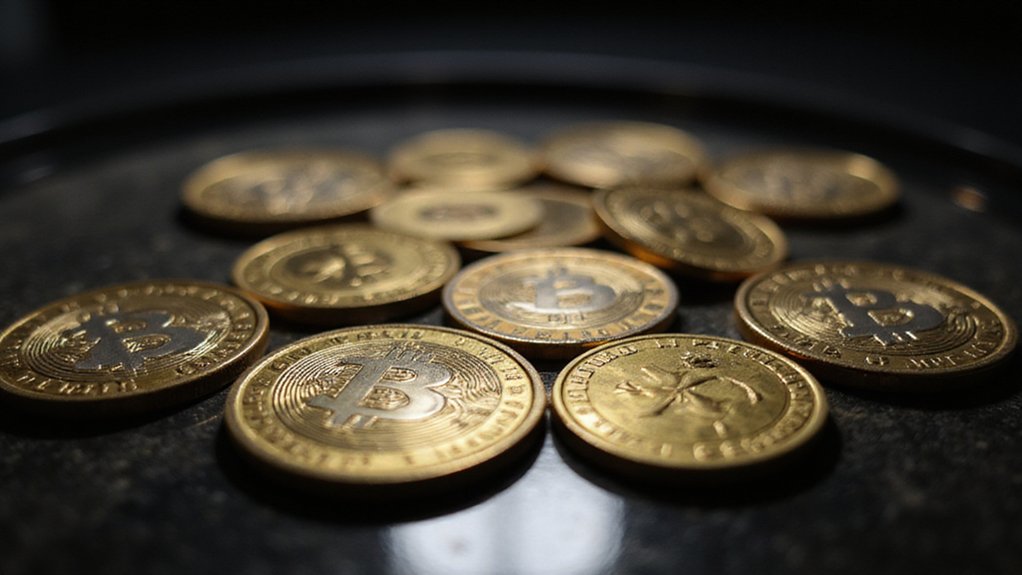In a market where dollar-denominated stablecoins have enjoyed something approaching monopolistic comfort, Japan’s Financial Services Agency has decided to crash the party with regulations that actually make sense. The FSA’s 2023 revision categorizing stablecoins as “currency-denominated assets” represents more than bureaucratic reshuffling—it’s a calculated assault on USD dominance in digital payments.
JPYC, a Tokyo-based fintech company, emerges as the unlikely protagonist in this monetary drama. Having committed to registering as a licensed money transfer company (because apparently following rules matters), JPYC plans to launch its yen-backed token by October 2025. The backing mechanism reads like a conservative investor’s dream: bank deposits and Japanese Government Bonds, guaranteeing the kind of stability that would make risk-averse pension funds weep with joy. The company will need to implement comprehensive AML protocols to meet regulatory requirements, including customer identification and transaction monitoring systems.
JPYC’s regulatory compliance and government bond backing represents the antithesis of crypto’s traditional disruption-first mentality.
The ambition here borders on audacious. JPYC targets issuing up to 1 trillion yen—roughly $6.8 billion at current exchange rates—within three years. This isn’t some speculative moonshot; institutional players including hedge funds and family offices have already expressed interest, suggesting the market hunger for non-dollar stablecoins runs deeper than many assumed.
Beyond mere issuance volume, JPYC’s strategic focus reveals sophisticated understanding of market gaps. International remittances, corporate payments abroad, and DeFi liquidity provision represent practical use cases that transcend crypto enthusiasm. When business operations require yen exposure without traditional banking friction, a regulated stablecoin suddenly transforms from novelty to necessity. With the global stablecoin market positioned for explosive growth toward a projected $3.7 trillion by 2030, JPYC’s timing appears strategically sound. The broader momentum reflects the Payment Services Act framework that has enabled Japan’s systematic approach to stablecoin integration since enforcement began in June 2023.
The broader implications extend beyond Japan’s borders. Geographic diversification in stablecoin backing assets challenges the assumption that digital dollars must dominate cross-border payments indefinitely. If JPYC succeeds in capturing meaningful market share, other jurisdictions may discover that issuing regulated, domestically-backed stablecoins offers strategic advantages beyond mere financial innovation.
Perhaps most intriguingly, Japan’s approach prioritizes regulatory compliance from inception rather than seeking forgiveness after disruption. This methodology—radical in crypto circles—could establish new benchmarks for stablecoin trustworthiness.
Whether this conservative approach can compete against move-fast-break-things competitors remains an open question, but Japan’s entry certainly guarantees the stablecoin market will become considerably more interesting.








